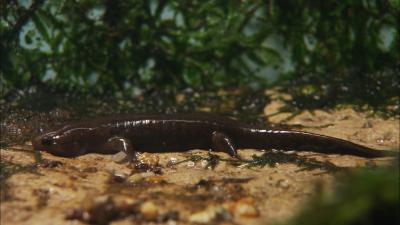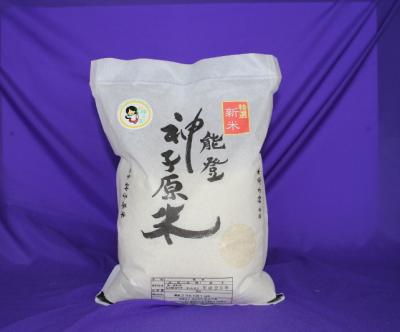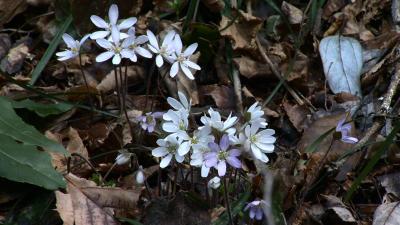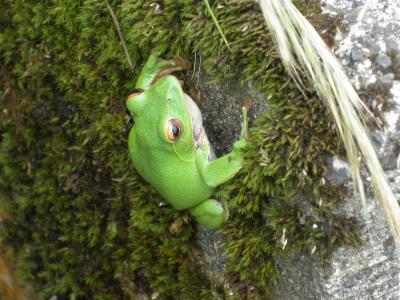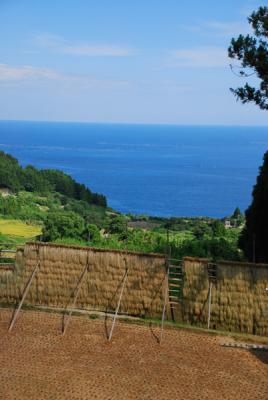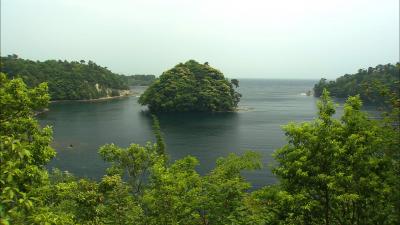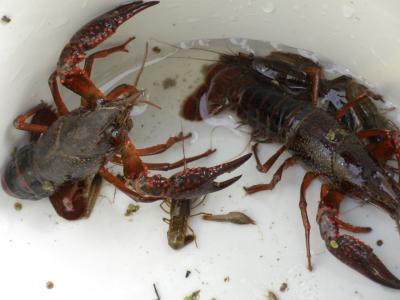
Name
Hokuriku Salamander
Category
Natural landscape
Class
Life
Age
20th century~21th century
Designation
Prefecturally designated natural monument (April 2009)
Comment
The Hokuriku salamander is a species of salamander of the genus Hinobius, family Hinobiidae, which is only found around Noto and in part of Toyama Prefecture. The salamanders mainly live in ponds and marshes where water is quite still. They are eight to 12 cm long. Being nocturnal, they hide under fallen leaves in the daytime. They mainly eat arthropoda or earthworms, but they devour each other when they are short of food. During the breeding season, between January and April, they lay eggs in springs, water pools or coppices, and they don’t move much after hatching. When it was first found in a ditch on the grounds of a local elementarily school in Hakui City in 1971, the name “Hokuriku salamander” was given to the species. They are now threatened with extinction due to water contamination and other problems. Local residents established the Hokuriku Salamander Preservation Society in 1988 to actively protect the rare species. Their activities include the creation of a salamander nursery pond in Jike-machi, Hakui City. The Hokuriku salamander was designated as a natural monument of Ishikawa Prefecture in 2009.
Material Link
Views
Access number:12391






